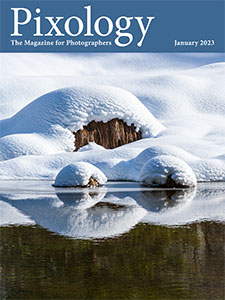Today’s Question: I’m having a problem with synchronized photographs. I have Lightroom Classic on both an iMac and a MacBook Air. When I enabled synchronization on the MacBook Air it seemed to take over and I lost the ability to switch on and off synchronization for collections on the iMac. I now have 3169 photos in All Synced Photographs on the iMac and 892 in All Synced Photographs on the MacBook Air. I turned off the synchronization checkboxes for all collections, so there should be nothing syncing. Why are there photos in the All Synced Photographs collection when nothing is synced?
Tim’s Quick Answer: There are two issues here. First, you can only have synchronization enabled for a single Lightroom Classic catalog at any time. Second, once photos are synchronized to the Creative Cloud, they are not removed unless you specifically remove them.
More Detail: With Lightroom Classic you can only have synchronization enabled for a single catalog. If you enable synchronization for a second catalog, synchronization will be disabled for the first catalog. So, you’ll need to choose which catalog you want to enable synchronization for, such as your primary catalog rather than a traveling catalog, and ensure you have synchronization enabled for the correct catalog.
The second issue is that once you synchronize photos, they are never removed from cloud-based storage unless you specifically remove them. Simply disabling synchronization for a collection, for example, will not cause the photos in that collection to stop being stored in the Creative Cloud.
Therefore, if you no longer want certain photos stored in the Creative Cloud, you’ll need to remove them. In Lightroom Classic that means removing the photos from the All Synced Photographs collection in the Catalog section of the left panel in the Library module. Within that collection you can simply select the photos you don’t want stored in the cloud, then right-click and choose “Remove from All Synced Photographs” from the popup menu.
Keep in mind that photos can also be synchronized to the Creative Cloud via the Lightroom mobile app on a mobile device, for example. So be sure to only remove photos from the All Synced Photographs collection that you know are already represented in your normal workflow.
Note that if you have synchronized photos from Lightroom Classic to the cloud, you can review or update those synchronized photos using the Lightroom ecosystem. That includes being able to use the Lightroom application on another computer, the Lightroom app on a mobile device, or Lightroom in a web browser (https://lightroom.adobe.com).


